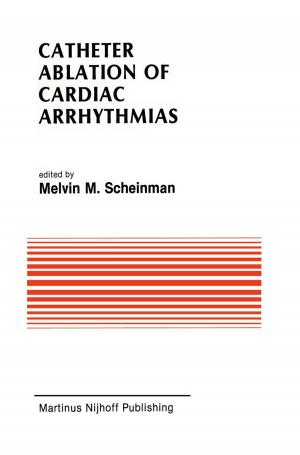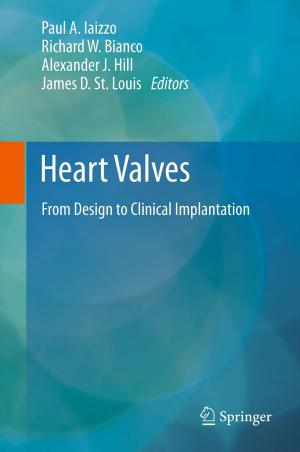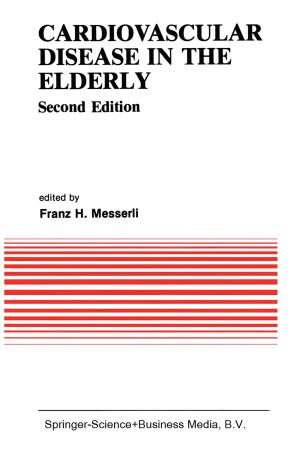Advances in haemapheresis
Proceedings of the Third International Congress of the World Apheresis Association. April 9–12,1990, Amsterdam, The Netherlands
Nonfiction, Health & Well Being, Medical, Specialties, Internal Medicine, Hematology, General| Author: | ISBN: | 9781461539049 | |
| Publisher: | Springer US | Publication: | December 6, 2012 |
| Imprint: | Springer | Language: | English |
| Author: | |
| ISBN: | 9781461539049 |
| Publisher: | Springer US |
| Publication: | December 6, 2012 |
| Imprint: | Springer |
| Language: | English |
The first International Meeting on Apheresis was held in Dyon in 1984. At the congress it became clear that both the technical and therapeutic sides developed very rapidly and it appeared fruitful to bring together the investigators of the different countries working in the areas. At that time immunology had come to pervade many clinical specialities, and hemapheresis, especially plasmapheresis was considered a therapeutic tool in many immunological diseases which hitherto had proved to be fatal. New methods to identify certain antibodies and circulating immune complexes in the serum and the possibilities to remove them from the blood by several techniques (filtration, centrifugation, immunoabsorp tion) led to an almost uncontrolled use of plasma exchange in a variety of diseases. Since then the technical possibilities of this technique were further recognized, as was the impact of immunology on many diseases, and the possibilities to collect specific components for therapeutic pur poses. But also we became aware of the limited contributions of anec dotal data on successes or failures of apheresis as adjuvant treatment. Therefore international prospective studies were initiated to make critical assessment possible of apheresis in various diseases.
The first International Meeting on Apheresis was held in Dyon in 1984. At the congress it became clear that both the technical and therapeutic sides developed very rapidly and it appeared fruitful to bring together the investigators of the different countries working in the areas. At that time immunology had come to pervade many clinical specialities, and hemapheresis, especially plasmapheresis was considered a therapeutic tool in many immunological diseases which hitherto had proved to be fatal. New methods to identify certain antibodies and circulating immune complexes in the serum and the possibilities to remove them from the blood by several techniques (filtration, centrifugation, immunoabsorp tion) led to an almost uncontrolled use of plasma exchange in a variety of diseases. Since then the technical possibilities of this technique were further recognized, as was the impact of immunology on many diseases, and the possibilities to collect specific components for therapeutic pur poses. But also we became aware of the limited contributions of anec dotal data on successes or failures of apheresis as adjuvant treatment. Therefore international prospective studies were initiated to make critical assessment possible of apheresis in various diseases.















